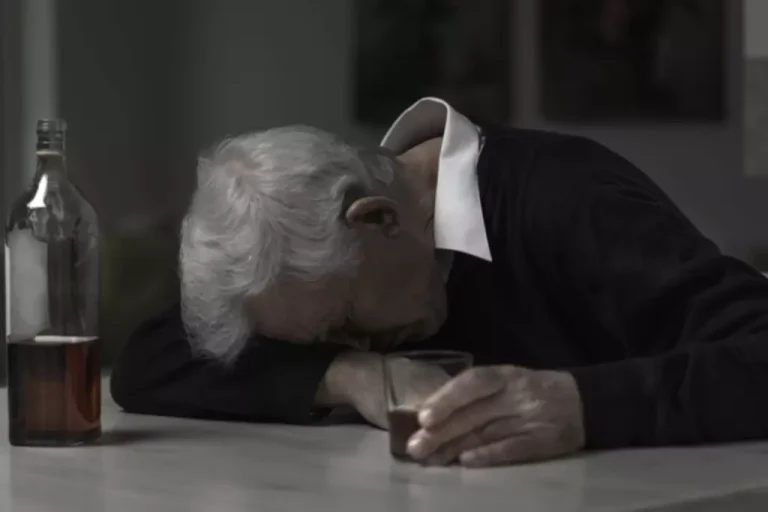
So, alcohol may not be the primary cause of “alcoholic nose.” However, it does cause red, inflamed skin and can trigger rosacea and rhinophyma. Alcohol affects your face and skin in general by enlarging both pores and blood vessels. Blood vessels expand and sometimes break, making some heavy drinkers look red and flushed even when sober. Excessive consumption of alcohol may also lead to the development of spider veins on the face. Rhinophyma exacerbated by heavy drinking can cause the cartilage cells to swell, resulting in a bulbous or “flared” appearance. So while drinking alcohol may not make your nose physically bigger, it can play a role in altering its appearance.
How Alcoholic Nose Can Point to an Addiction at Hand
When your liver finishes that process, alcohol gets turned into water and carbon dioxide. Dr. Sengupta shares some of the not-so-obvious effects that alcohol has on your body. The characteristic appearance of rhinophyma often makes it easy to diagnose with a visual why do alcoholics have weird noses examination. Over time, the number of sebaceous glands and the changes in connective tissue increase, which can result in progressive deformity. Evidence shows that rhinophyma begins as “pre-rosacea,” and the only symptom at this stage is facial flushing.
Signs of Alcoholic Addiction and Misuse
- The visual side effects are most obvious on the tip and lower part of the nose, since the actual bone structure is not affected by the condition.
- Alcohol aggravates symptoms of rosacea because drinking enlarges the body’s blood vessels.
- Later, the nasal skin grows and the tip of the nose becomes larger.
- However, alcohol and caffeine can both temporarily dilate blood vessels, which seems to worsen rhinophyma.
- According to 2021 research, the exact cause is still unclear, and several factors may play a role.
When blood vessels burst, it makes the blood visible under the surface of the skin, leading to skin redness. In more severe cases, the nose and cheeks can take on a purple hue and start to become severely disfigured as they become more bulbous. Rhinophyma is the skin condition which causes a person’s nose to grow and become bulbous in appearance. A bulbous nose can be a side effect of the health condition rosacea. However, alcohol addiction can cause a person to neglect their health, which can mean side effects on any pre-existing health conditions, including rosacea. Even a single alcoholic drink can cause flare-ups for many people with this condition.

Does Excessive Alcohol Use Cause Rhinophyma?

While rhinophyma can affect anyone, it is more common in men over 30 with fair skin. Those with a family history of rosacea also increases the likelihood of developing rhinophyma (alcoholic nose). Sunshine Behavioral Health strives to help people who are facing substance abuse, addiction, mental health disorders, or a combination of these conditions. It does this by providing compassionate care and evidence-based content that addresses health, treatment, and recovery.
Does drinking alcohol make your nose bigger?
For those already suffering from redness due to rosacea, alcohol can worsen this symptom. “Rhinophyma” is the medical term for “drinker’s nose”, which is a side effect of the skin condition rosacea. Contrary to popular belief, https://ecosoberhouse.com/ a “drinker’s nose” is not necessarily caused by alcohol addiction or abuse. In some cases, chronic alcohol abuse can cause a purple or reddish hue to the nose due to the dilation of blood vessels and skin discoloration.
- With centers all around Oregon, Serenity Lane makes your physical and mental health our No. 1 priority.
- The precursor to rhinophyma is acne rosacea, a long-term skin condition that is more common in females.
- Studies have shown that daytime alertness decreases the day following a night of heavy alcohol consumption.
- Despite these facts, the known cause of rhinophyma remains a mystery today.
- Some people who do not have rosacea may also develop rhinophyma, and the exact cause is unknown.
- It’s why so many of us fall asleep after drinking, and why it can seem like alcohol helps you sleep.

Out of these options, carbon dioxide laser surgery is considered the preferred option because it allows for the most precise removal of excess tissue. Still, many doctors may recommend a multi-solution approach that combines options such as carbon dioxide lasers with dermabrasion to better remove damaged tissue. Some people might be prescribed a low dose course of isotretinoin (Accutane) to help shrink enlarged oil glands that might also be contributing to skin thickening and symptoms. Topical retinoids might also be recommended for anyone who catches the condition in its early stages. Sleep disruptions from alcohol consumption can harm your overall health and well-being. You can log it in a journal or just check in with yourself in the morning.

Alcoholic nose, or drinker’s nose, is an informal term that refers to an enlarged purple nose that is thought to be caused by chronic alcohol abuse. Learn more about drinker’s nose and if drinking alcohol can affect the features of the face. What is commonly called “alcoholic nose” is actually a skin condition called rhinophyma (Greek for “nose growth”). Rhinophyma is in a category of skin conditions known as rosacea, which causes chronic inflammation of the skin.
An alcoholic nose is not a true diagnosis of alcoholism or even a sign of it in many cases. As stated earlier, the medical definition of an alcoholic nose is rhinophyma. He has a nursing and business/technology degrees from The Johns Hopkins University. As discussed above, rosacea can be a main contributing factor to redness and flushing of the cheeks.
- Bollywood actor Swara Bhasker spoke out against trolling for her interfaith marriage and predicted backlash for the upcoming interfaith wedding of Sonakshi Sinha and Zaheer Iqbal.
- Alcohol can also worsen insomnia, the most common sleep disorder, which is marked by difficulty falling asleep, waking up through the night or waking too early in the morning.
- But prolonged alcohol abuse can lead to chronic (long-term) pancreatitis, which can be severe.











